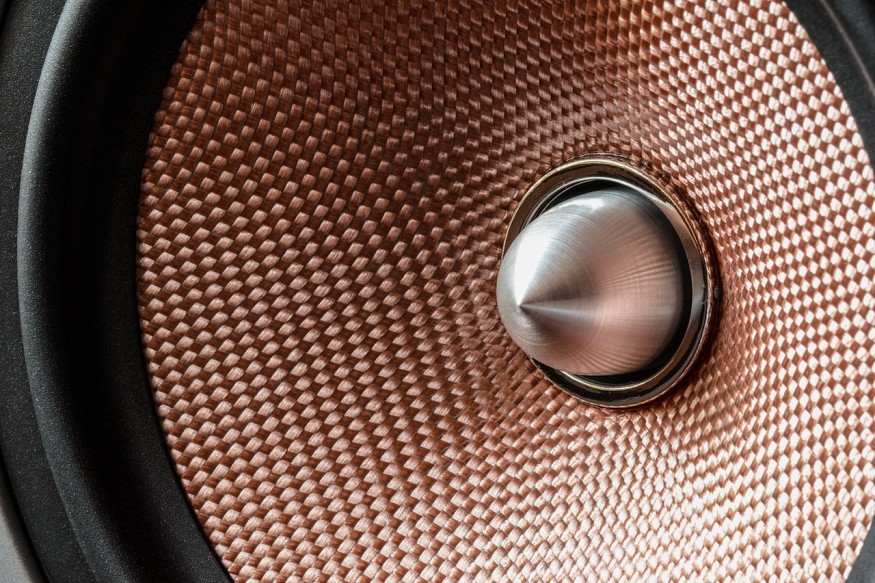In the latest study on cancer treatments, experts improved the state of mice inflicted with the disease. The approach used to treat the subjects with liver cancer was non-invasive and showed promising efficacy against the illness.
Liver Cancer and Tumor Removal

The new liver cancer treatment is a system that uses focused ultrasound to eliminate up to 75 percent of the disease-related tumor. Experts observed that after the decrease of the tumor's volume, the process somewhat triggered the immune system of the subjects to work on themselves and clean the small fragments left by the cancerous lump.
Among the subjects, who all had liver cancer, about 80 percent had their tumors disposed of through the sound wave treatment. This group was screened following the non-invasive operations and was found with no signs of metastases.
The authors explained that over the course of three months after the cancer treatment, the animals did not show any recurrence of the deadly tissue mass.
University of Michigan's biomedical engineering specialist and lead author of the study Tejaswi Worlikar explained that the team's method, also known as histotripsy, holds an effective solution in helping patients amidst the limited availability of options for ablations.
Histotripsy can provide non-invasive, high efficacy, and safe liver tumors for patients, Worlikar continued.
The authors believe that their findings from the new research would give ideas and hope to patients with liver cancer.
According to a report by ScienceAlert, Liver cancer is considered one of the most severe and deadliest cancer types ever to exist. Patients with liver cancer have an average survival rate of only five years, and this time span is only acquired by about 18 percent of most live cancer patients in the United States.
Ultrasound Transducer: Non-Invasive Anti-Tumor Operation
The new cancer treatment's main component is the ultrasound transducer. It is commonly used for imaging internal structures of materials and even the human body. But instead of bouncing off the waves across an interior space, the waves are projected directly to the tumor tissues for them to physically corrode.
The approach is similar to ultrasound cavitation, a non-invasive process that is given to patients who are overweight or has obesity. Through this separate treatment, the waves crash physically into fat cells and dissolve them.
In an ultrasound transducer, the waves create an intense acoustic vibration and are directed to the tissues that build up the tumors. This activity generates tiny bubbles around the lump, and after the bubbles burst and collapse, the tumor will be dealt with powerful damage enough to disrupt the cancerous buildup.
Out of the 22 subjects with liver cancer, 11 have been treated using histotripsy. From this group, nine had tumor regression and were considered 'tumor-free' after ten weeks of the procedure.
The study was published in the journal Cancers, titled "Impact of Histotripsy on Development of Intrahepatic Metastases in a Rodent Liver Tumor Model."
Check out more news and information on Cancer in Science Times.
© 2026 ScienceTimes.com All rights reserved. Do not reproduce without permission. The window to the world of Science Times.











